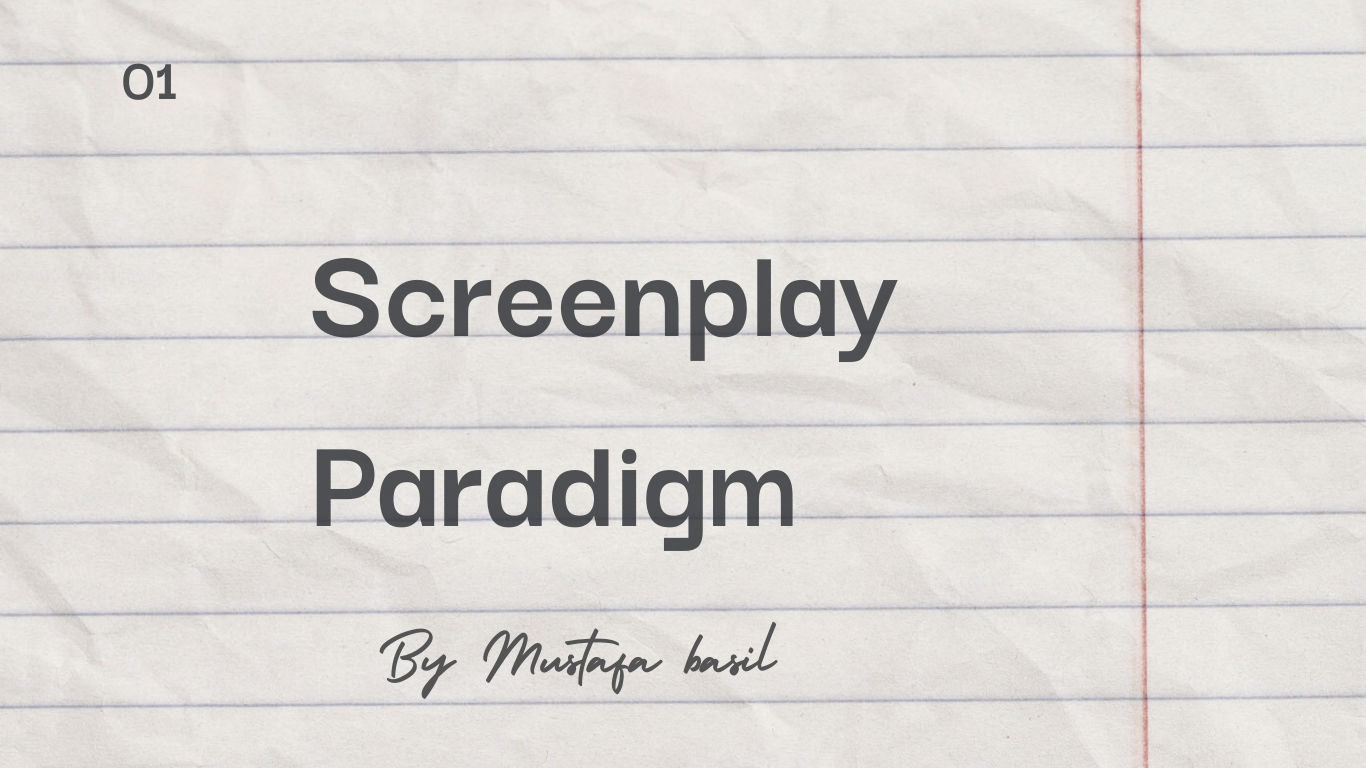How to Master Syd Field’s Screenplay Paradigm
What is Syd Field’s Screenplay Paradigm?
Syd Field’s screenplay paradigm is a structural model that divides a screenplay into three distinct acts: the setup, the confrontation, and the resolution. This paradigm provides a framework that helps writers structure their stories in a way that maintains audience engagement from beginning to end.

Act I: The Setup
Introduction to Characters and Setting
The first act, typically covering the first 30 pages of a script, is dedicated to setting up the story. This includes introducing the main characters, the setting, and the central conflict.
Establishing the Protagonist’s World
This section of the script lays the groundwork for the protagonist’s journey. It’s crucial to provide enough background information to help the audience understand the protagonist’s motivations and challenges.
Inciting Incident
The inciting incident is a pivotal event that sets the protagonist on their journey. It disrupts their ordinary world and propels them into the central conflict of the story.
Act II: The Confrontation
Rising Action and Complications
The second act, which is the longest and typically spans from page 30 to page 90, is where the main action unfolds. The protagonist faces various obstacles and challenges that escalate the tension.
Developing Subplots
Subplots add depth and complexity to the story. They often involve secondary characters and can provide additional obstacles or support for the protagonist.
Midpoint
The midpoint is a crucial turning point that usually occurs around the middle of the second act. It often brings a significant revelation or a major reversal of fortune for the protagonist.
The Build-Up to the Climax
As the second act progresses, the stakes continue to rise, leading to the climax. This build-up is essential for maintaining suspense and keeping the audience engaged.
Act III: The Resolution
Climax
The climax is the most intense and exciting part of the screenplay. It’s where the protagonist faces the final obstacle and the central conflict reaches its peak.
Falling Action
Following the climax, the falling action begins to tie up loose ends. This section deals with the immediate aftermath of the climax and begins to resolve the story’s subplots.
Denouement
The denouement provides a resolution to the story. It shows the new status quo for the protagonist and wraps up any remaining storylines.

Examples of Successful Screenplays Using Syd Field’s Paradigm
“Star Wars: A New Hope (1994) “
George Lucas’ “Star Wars: A New Hope” is a prime example of a screenplay that follows Field’s paradigm. The film’s structure is clear and well-defined, with distinct acts and a strong inciting incident.
“The Godfather (1972)“
Francis Ford Coppola’s “The Godfather” also adheres to Field’s principles. The setup, confrontation, and resolution are meticulously crafted, making it a classic example of effective screenplay structure.
“Back to the Future (1985) “
“Back to the Future” by Robert Zemeckis demonstrates how Field’s paradigm can be applied to a science fiction story. The film’s structure is tight, with a well-defined midpoint and climax.
you can explore more articles in my website , click here